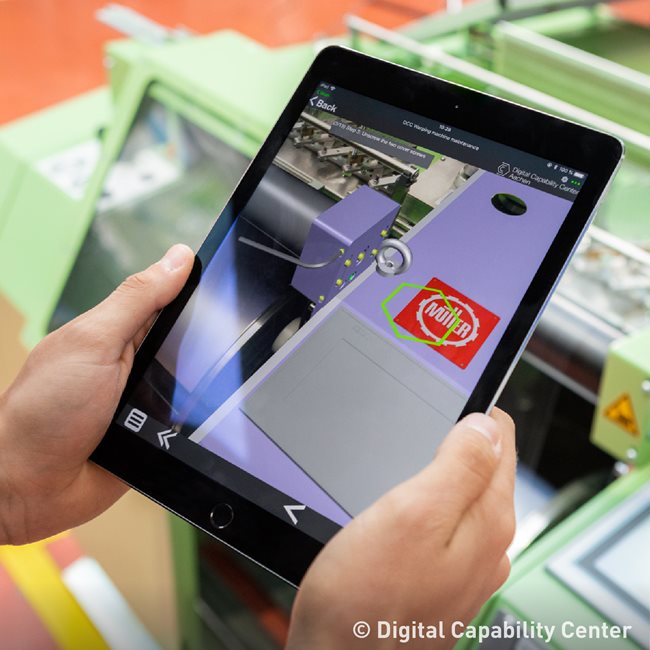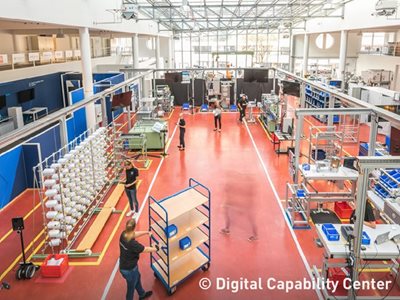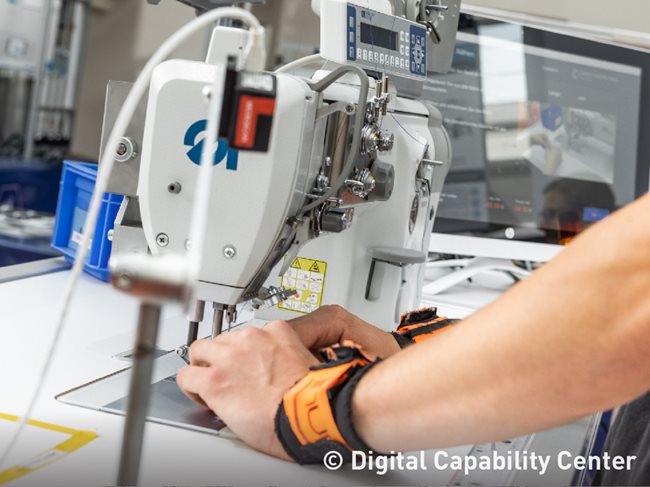The transition from analog to digital is underway

16 22
September 2027
Messegelaende HannoverGermany

Industry 4.0 is definitely the key to success in terms of productivity. However, only very few forerunners in the textile industry are currently equipped for true Industry 4.0.
Most companies are at the industry 3.0 stage, applying digital operations only within their own production sites. This enables lean management in the factory but only with savings of 10-20%. This is probably not enough – especially for textile businesses in high wage countries.
In order to really take advantage of digitalisation, companies have to interconnect with their market, either B2B or B2C. Textile production accounts for only 10-20% of the price of final goods in the market. So, to gain more from the remaining 80-90% value in the market, companies need to interconnect along the value chain.
Digitalisation makes sense for both vertically integrated large-scale companies and also for SMEs, but, of course, the solutions look very different. There is no digitalisation solution you can simply buy off the shelf. This has been a challenge for some time for the big digital service providers and to the benefit of system integrators, who are able to configure and bring together all of the different pieces of an individually digitalised business.

Digitalisation is also driving so-called ‘localisation’, which has been enabled by e-commerce and direct-to-consumer sales and has been accelerated by the Covid-19 pandemic, with moves to reshore certain supply chains.
In today’s textile industry, the trend is quite clear – there are either big or small businesses and no in-between. Commodities like t-shirts, standard underwear and bed linens or towels will continue to be produced by large companies, which are very professional, sustainable and digitalised.
If a company decides instead to be individual, agile and close to the customer, then it has to have the right production set up and associated services. This brings us to microfactories, for production on demand, or even mass customised products.
To my knowledge, there are currently only around two dozen microfactories, although some of the larger producers have also moved parts of their own production to microfactories to enable faster response and time to market.
The Digital Capability Center (DCC) in Aachen has been involved in projects, for example, with MAS Holdings in Sri Lanka, which has established a very agile microfactory to produce special lingerie, with a lead time to the store of less than a week. Germany’s Dr Bock Industries has also established a similar microfactory for tailored and personalised trousers at its latest plant in Bulgaria.
Microfactories again, cannot simply be ordered off the shelf from the big machinery makers, and need a systems integrator for both product configuration and the establishment of the consumer interface, both of which are key points in engineering.

The key gains to be made from microfactories and digitalisation in general are in the area of sustainable production. The current textile manufacturing chain is very fragmented, starting from the fibre and yarn producers to weaving or knitting of the fabric, followed by fabric finishing and on to tailoring, logistics and finally to the brand owner or retailers.
Due to this fragmentation, at present, between 30-50% of apparel that is made does not meet the market demand and in the end is waste, with all the resulting problems.
To be able to bring that 30-50% down to 5% or even 0%, will have a tremendous impact on carbon footprint and water usage. This will be further pushed by digital communication tools, with blockchains overcoming all geographical borders, and those between companies in the supply chain. Digitalisation is the key to all of this.

Professor Thomas Gries, Chair of Textile Engineering and Head of the Institute for Textile Technologies (ITA) of RWTH Aachen University
About the Digital Capability Center (DCC)
The ITA Academy founded the Digital Capability Center (DCC) Aachen together with McKinsey & Company in 2017 and offers a leading experience and learning centre for digital manufacturing and networked supply chain. The centre features a model factory 4.0 with real machines, products, operators where participants are taught the technical, management and personal skills required to start, scale and sustain their digital manufacturing transformation. Its motto is ‘explore, try, and apply’.
Subscribe to our mailing list and stay up-to-date with news and developments in ITMA and the textile and garment industry.